About the Product
SAPPAKAMA is a joint project between OSOCU (in Aichi Prefecture) and en-nichi (in Iwate Prefecture), and was developed based on the traditional work wear SAPPAKAMA.
These tailored pants feature a three-dimensional silhouette and narrow hems. The changeover at the calves is unique and nice. In addition, the gusset at the inseam and the space around the hips create a unique silhouette. The waist elastic, side pockets, etc., have been added to suit modern life, and the shape that would have been used in the Meiji and Taisho periods (approx. 100-150 years ago) has been reproduced as much as possible based on old materials. These pants can be worn in active situations such as outdoors and cycling. Chita Momen is made of non-elastic cotton material, but it is very easy to move.
"Chita Momen'' in Aichi has a history of more than 400 years, but it is a rare fabric that is rarely seen in apparel. It is slowly woven with a loom in the Meiji period (approx. 100-150 years ago). This time, we have adopted a material called "Aya Tsumugi'' which OSOCU thinks is suitable for pants because of its thickness. This is a soft fabric with an uneven surface. The width of this fabric is about 40 cm, which is suitable for Wafuku (including kimono), so it is not very efficient to produce clothes, and it is rarely used in apparel. Even so, we still want to use this fabric created by looms and techniques that have been handed down for a long time.
The black of "Nagoya Kuromontsukizome," which is made with a technique that has been handed down from generation to generation dating back to about 400 years ago, is a color that even people who love black will admire. And, KYOYA somemonoten Inc. 's Urushi (Japanese lacquer) was created in the process of making use of lacquer trees that had been discarded. Lacquer dyeing is the work of artisans, and the pigment is extracted from the chips produced during lumbering, not from the sap of lacquer.
Specifications
[Material] Fabric: Chita cotton (Ayatsumugi), String: Cotton, Sewing thread: Cotton
[Color] Japanese Black (Nagoya Kuromontsukizome), Lacquer Dyed (Tan), Kibata (Ecru/ Unbleached and Undyed)
The term “Kibata” refers to the fabric as it is woven. From here, the fabric goes through the processes of de-gluing, bleaching, and dyeing to become the fabric you often see. The raw fabrics dyed before the threads are dyed are unbleached and undyed, with only the glue removed. We added it to our lineup at short notice so that you can see the color of the fabric itself. The color is closer to kinari or ivory than to white. Since the fabric is not bleached, non-cotton material from the spinning and weaving process appears as fine dots.
[Size]
-Size M (Intended for 150-165 cm (4’ 1” ~ 5’ 4”). Outseam 94 cm (3’ 1”), Waist (elastic) 62~96 cm (2’~3’ 2”), Inseam 62 cm (2’), Hip 60 cm (1’ 1”), Hem-width 17 cm (6.7”))
-Size L (Intended for 165-175 cm (5’ 4” ~ 5’ 9”). Outseam 100 cm (3’ 3”), Waist (elastic) 66~102 cm (2’ 2” ~ 3’ 4”), Inseam 65 cm (2’ 2”), Hip 64 cm (2’ 1”), Hem-width 18 cm (7.1”))
The measurements of the width of thigh are difficult to determine due to the unique shape of the inseam, but the M Size is about 33 cm (1’ 1”) and the L size is about 36 cm (1’ 2”). Please refer to the images too.
The waist is loose and can be adjusted with a string, so length is the most important in sizing. The rise is high, so the look changes depending on whether you wear it at the waist or up to the waist. Also, the underside is the same color, so you can fold the them.
Maintenance
-Can be machine washed.
-Black and Ecru do not lose color.
-Please wash Lacquer dyed one separately from white and light colored clothes because color may transfer.
-Gentle washing or washing by hand is recommended.
-Avoid dryers to prevent shrinking
-Avoid direct sunlight when drying to avoid fading. Especially lacquer dyed ones tend to be affected by light, we do not recommend spending a long time under fluorescent light either.
-However, general wear and fading is unavoidable so don’t be too careful when wearing it.
About the Maker
We are OSOCU, a brand based in Aichi Prefecture offering clothing and small goods that incorporate traditional Japanese materials and techniques. We established in 2017 within TANIKEN CO.,LTD., which was founded in 1876, and we continue to make products in Japan while working hand in hand with partners outside the company.
Japan has many unique manufacturing traditions. In particular, all traditional products have their own backgrounds and cultural stories. We think it would be wonderful if we could make use of such culture in our manufacturing. For this reason, we value the transparency of the story and production background, and we want the users to know about it.
OSOCU (pronounced the same as " slowly" in Japanese), as the name suggests, is never in a hurry. We make products that are not easily influenced by trends, and we are not in a hurry to rush through a project every season. We will continue to create values that will last for a long time to come, weaving each value slowly and without haste.
This time, we received full cooperation from en-nichi, a brand of KYOYA somemonoten Inc., the dyehouse in Ichinoseki City, Iwate Prefecture. This project started when the OSOCU’s representative, Tani, met SAPPAKAMA in Okinawa in November 2021 and was strongly attracted to SAPPAKAMA, which he learned about on the spot. We have received full support from them for sewing and lacquer-dyeing. Other Companies local to Aichi Prefecture, like OSOCU, also cooperated with us in the weaving and black dyeing of fabrics and photography. We would be happy if you could take a look at our traditional Japanese SAPPAKAMA made of local materials.





Risk & Challenges
*Fastness to light of lacquer dyeing is "less than grade 3".This is a result of light-fastness, as general garments pass the test at grade 3 or higher. Please note the following in advance.・Fastness to light is lower than general dyeing.・Fade in sunlight or fluorescent light.Please note that there is a possibility of delay in shipment or partial change in design and specifications due to the supply of materials used or manufacturing process. In the unlikely event of a change, we will report it in the project report as necessary.In principle, support purchases cannot be cancelled due to delivery delays, but will be cancelled only if you wish to do so after two months from the scheduled month of return delivery.Please understand and agree to the above precautions before making a purchase. We will put our heart and soul into this project so that everyone will be pleased with it, and we ask for your support.

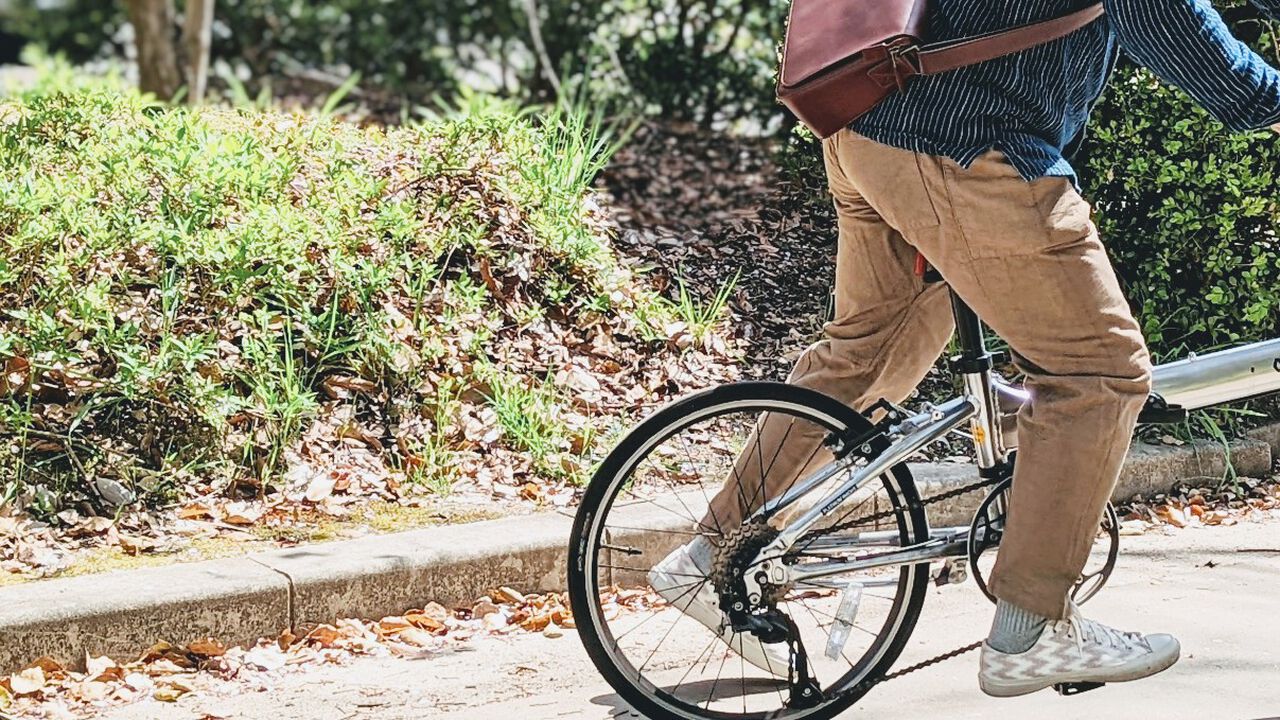
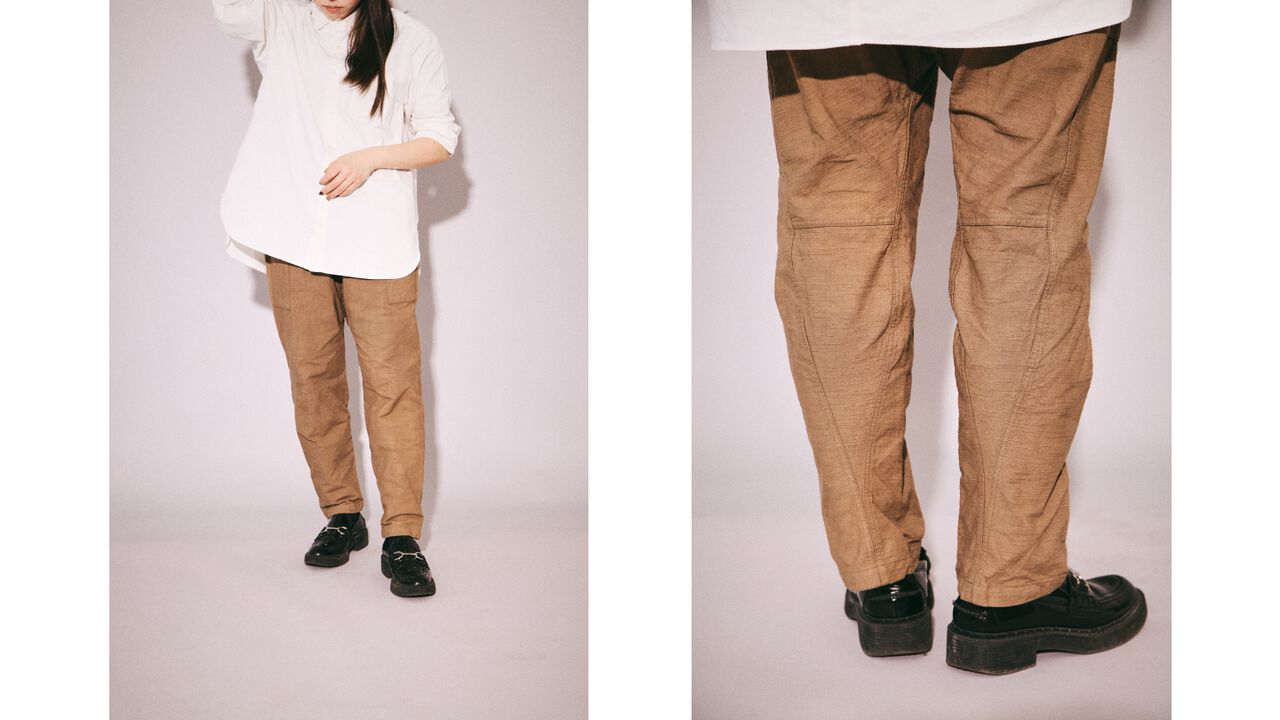
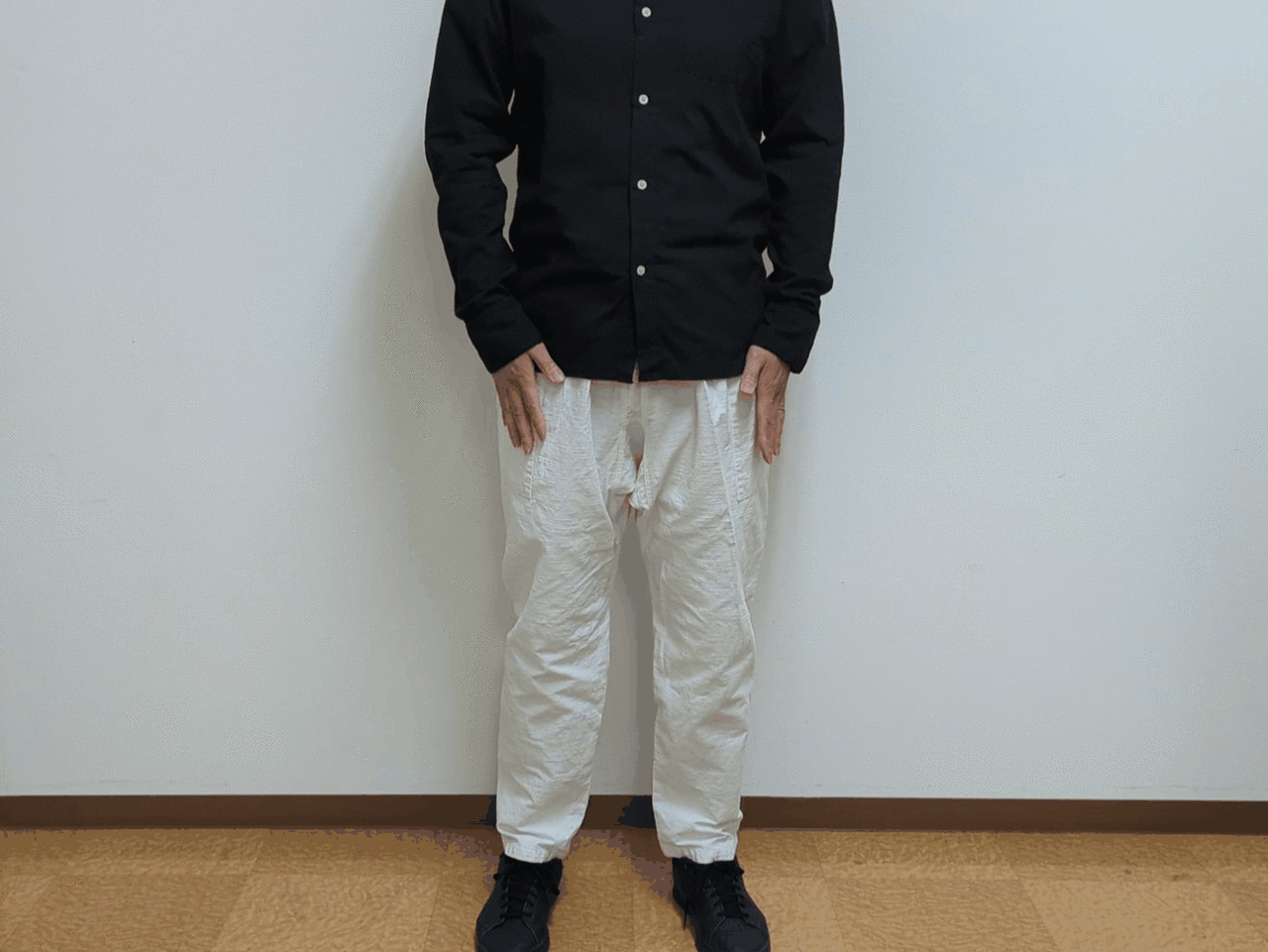
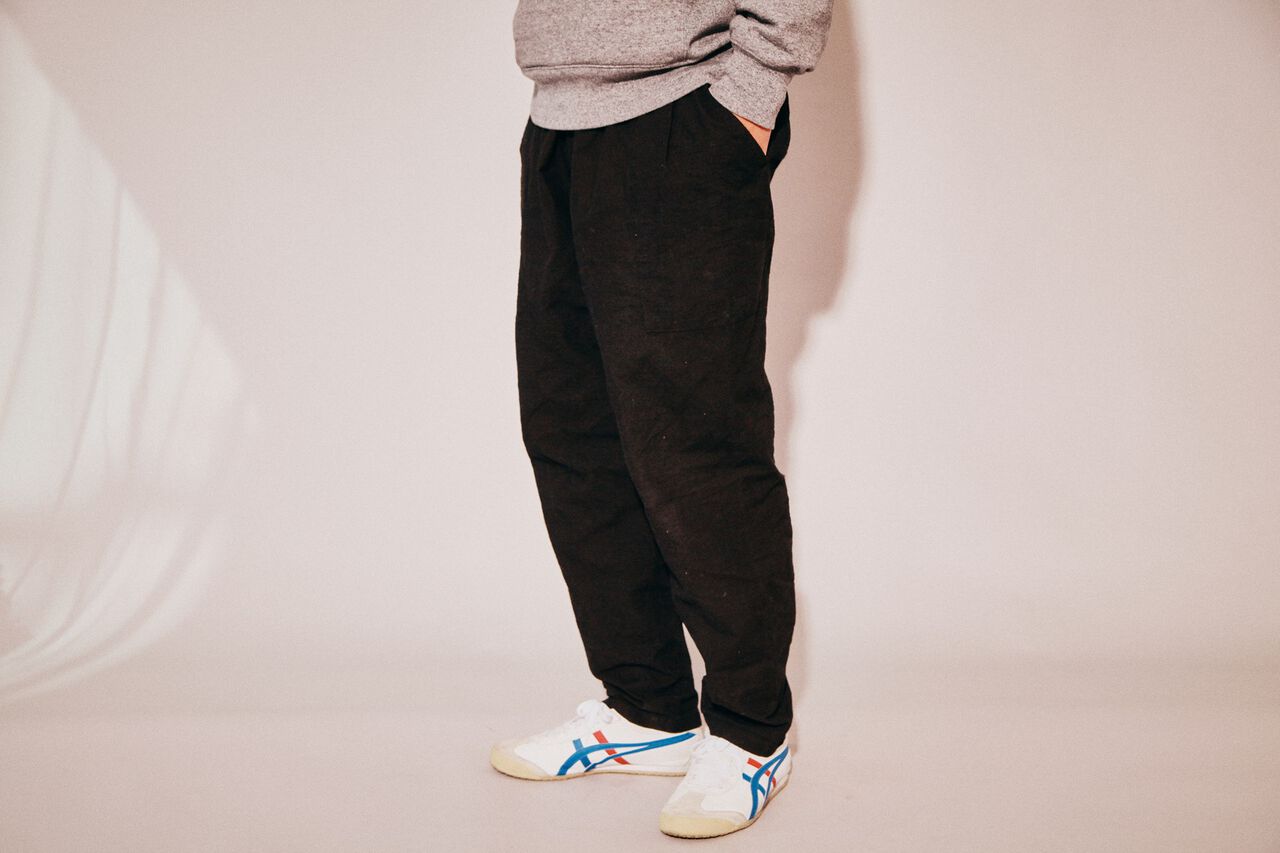
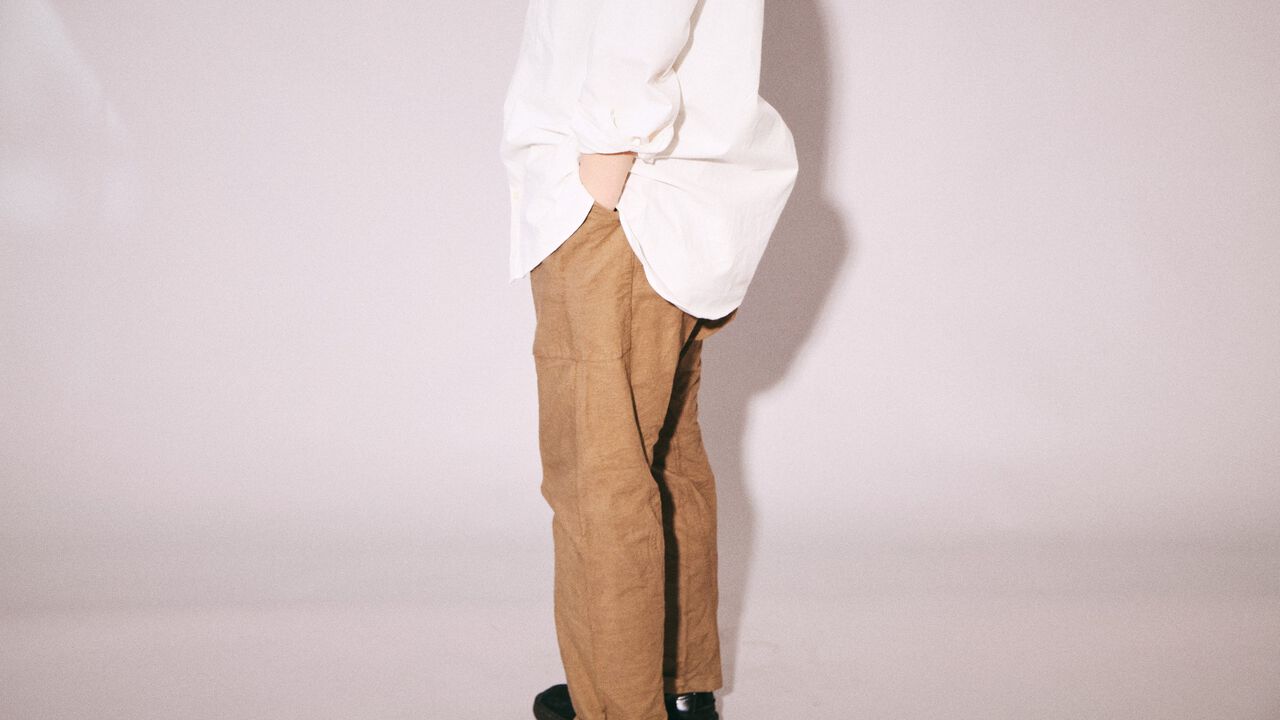
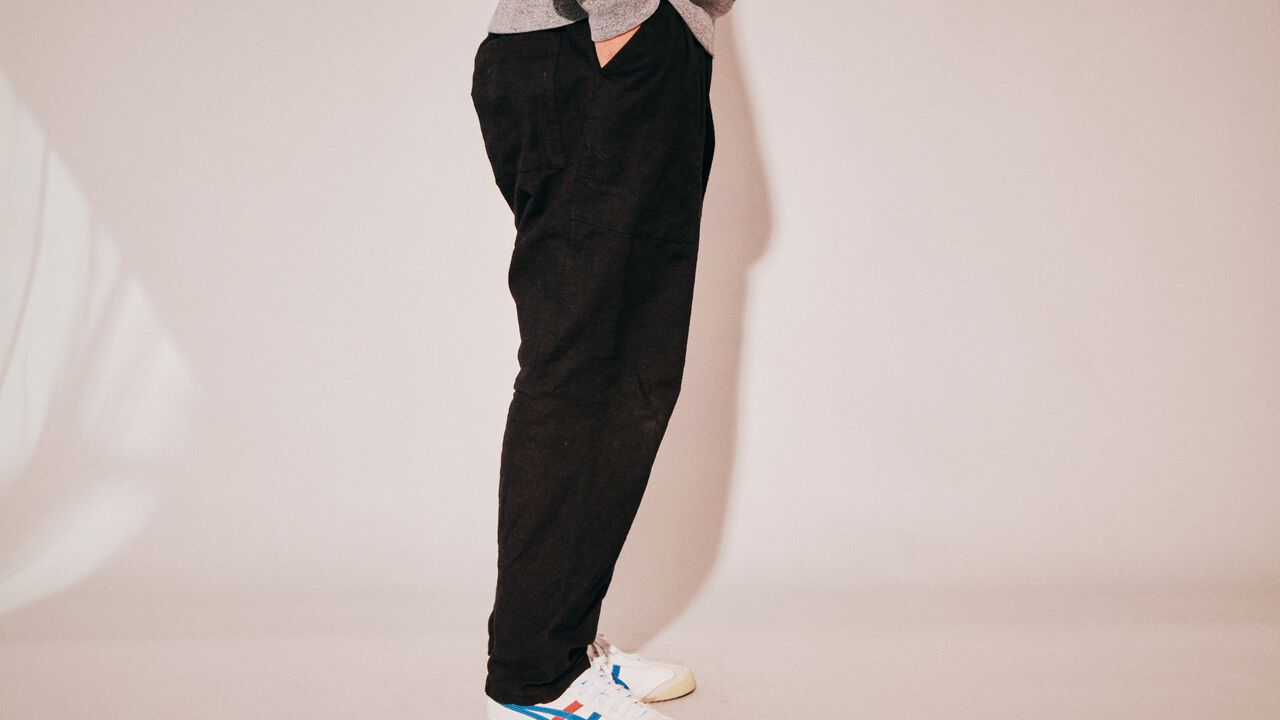
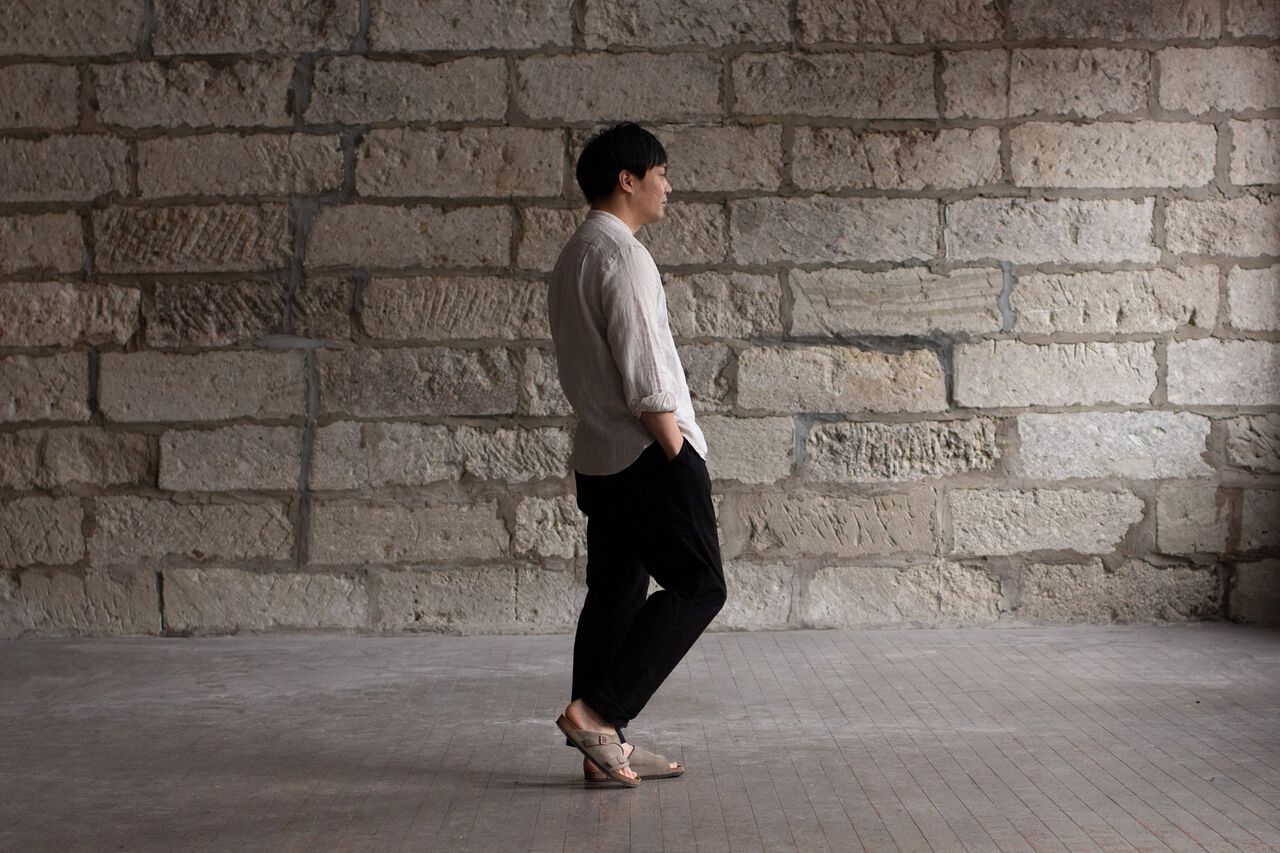
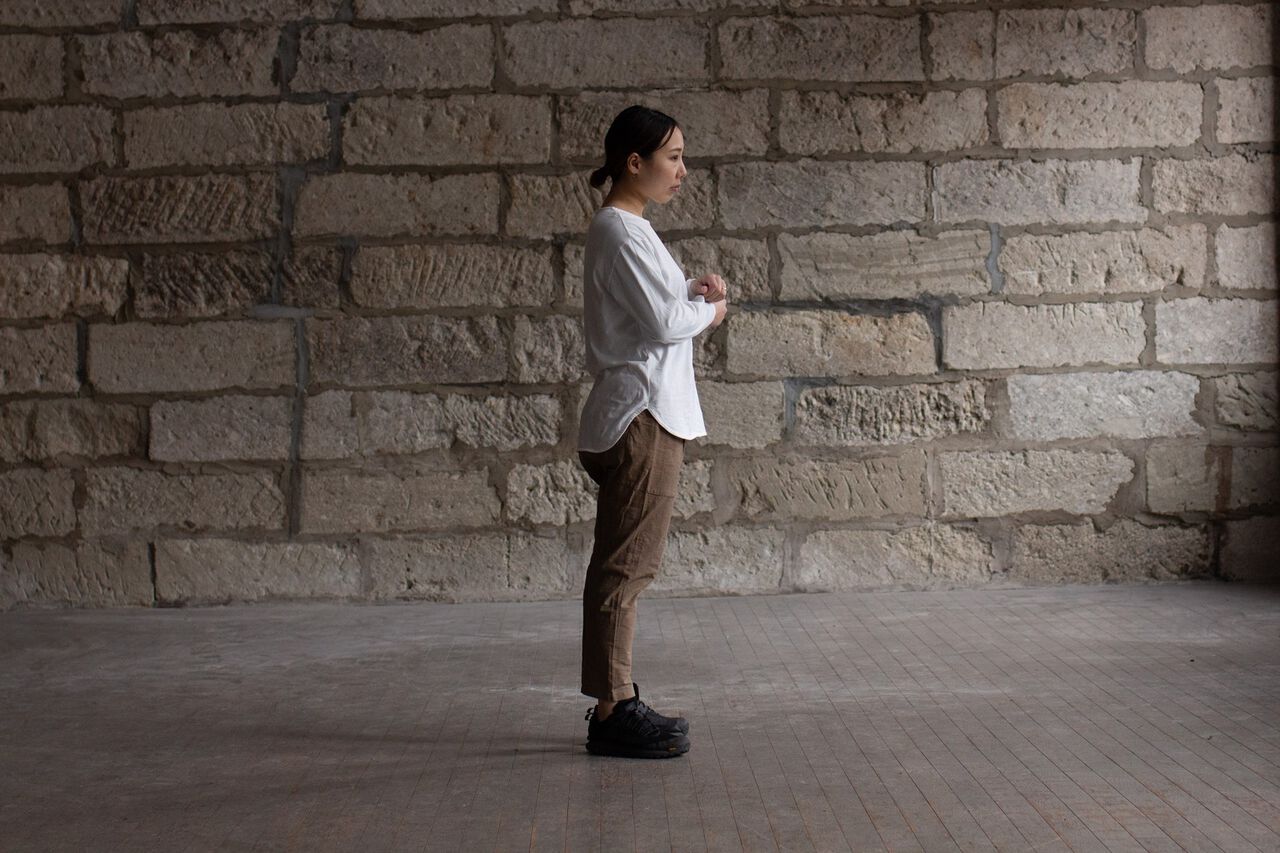
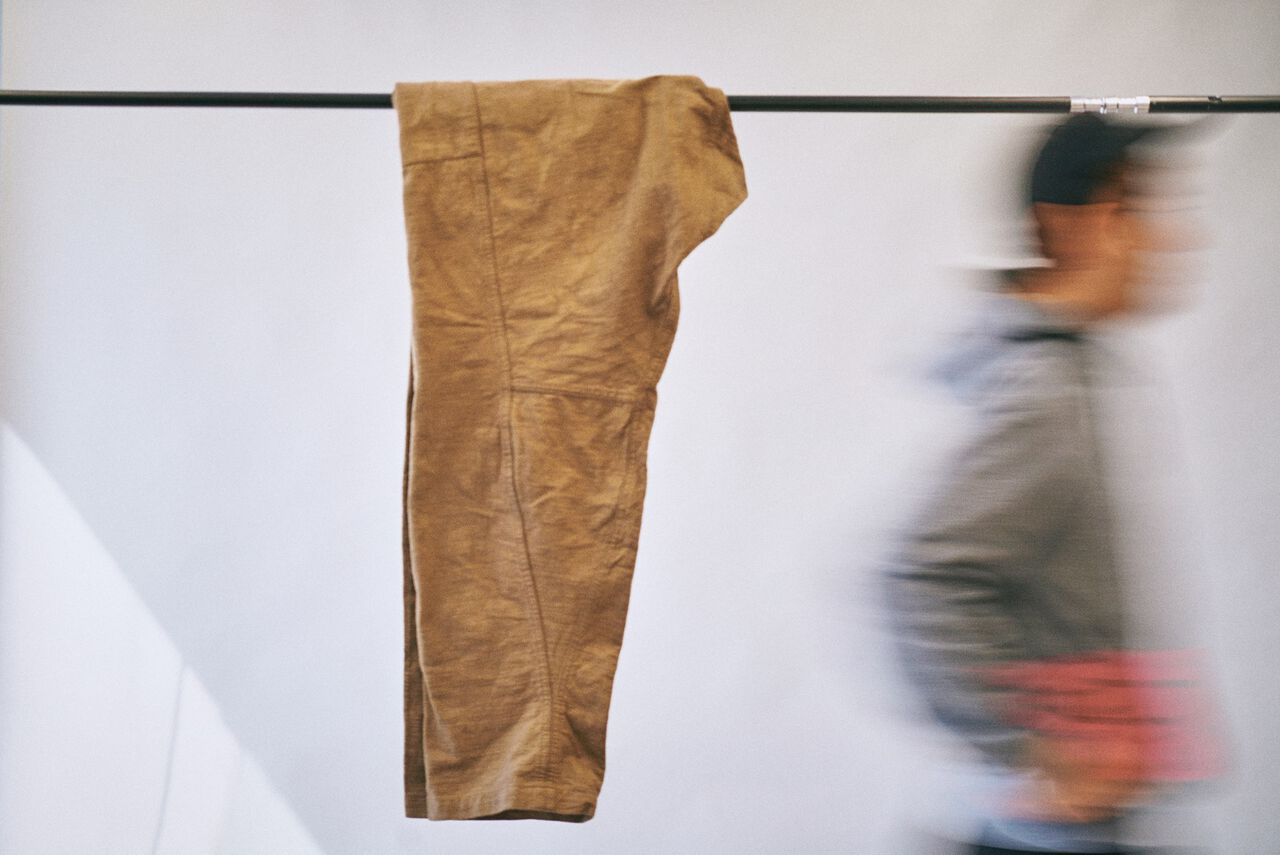
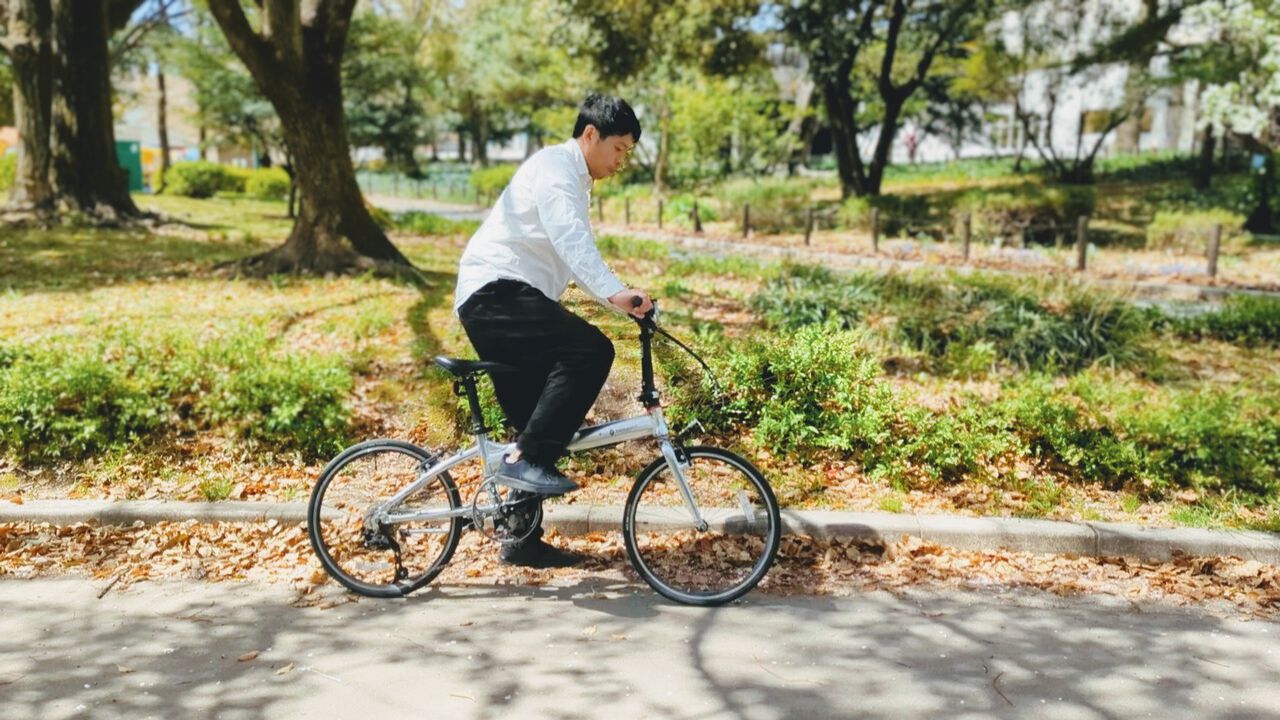
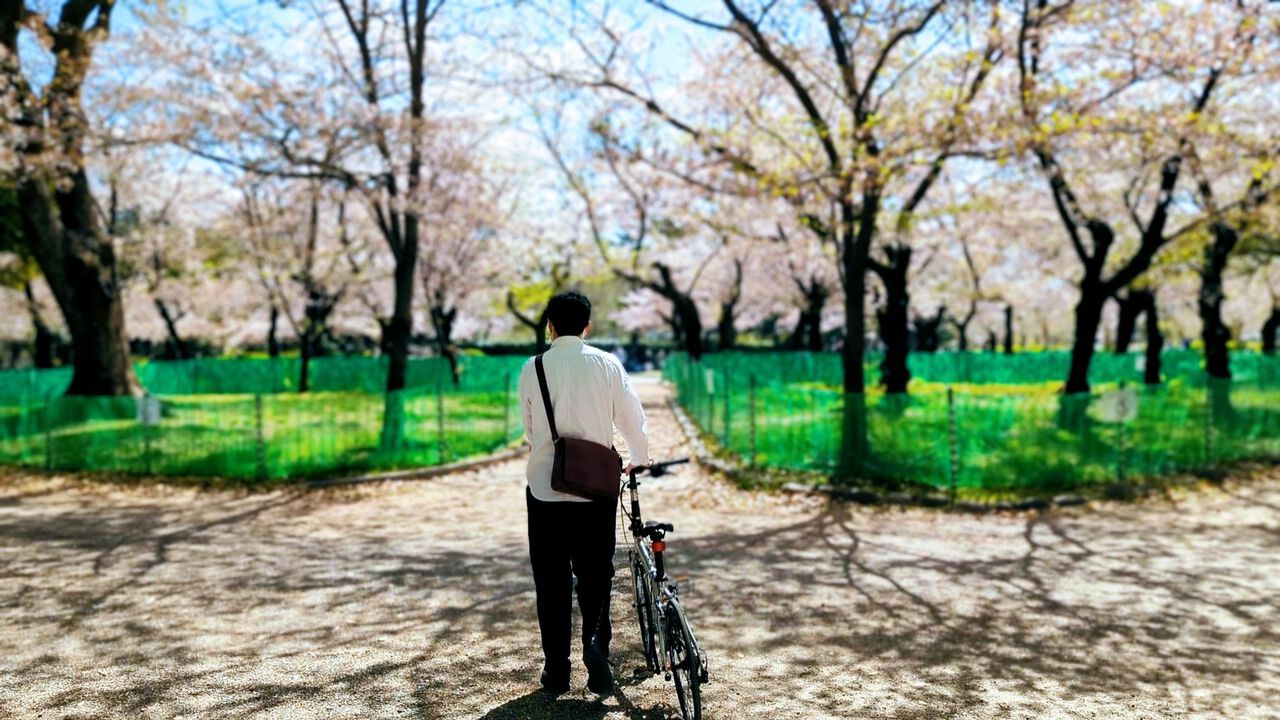
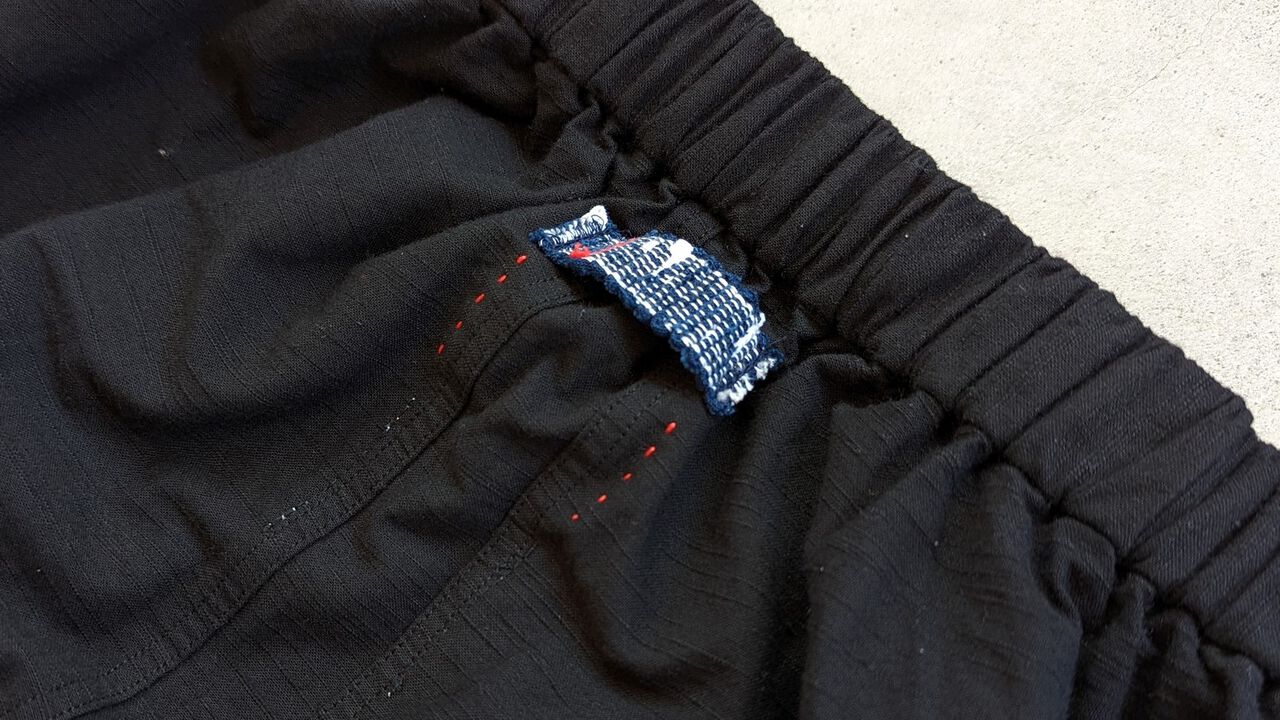
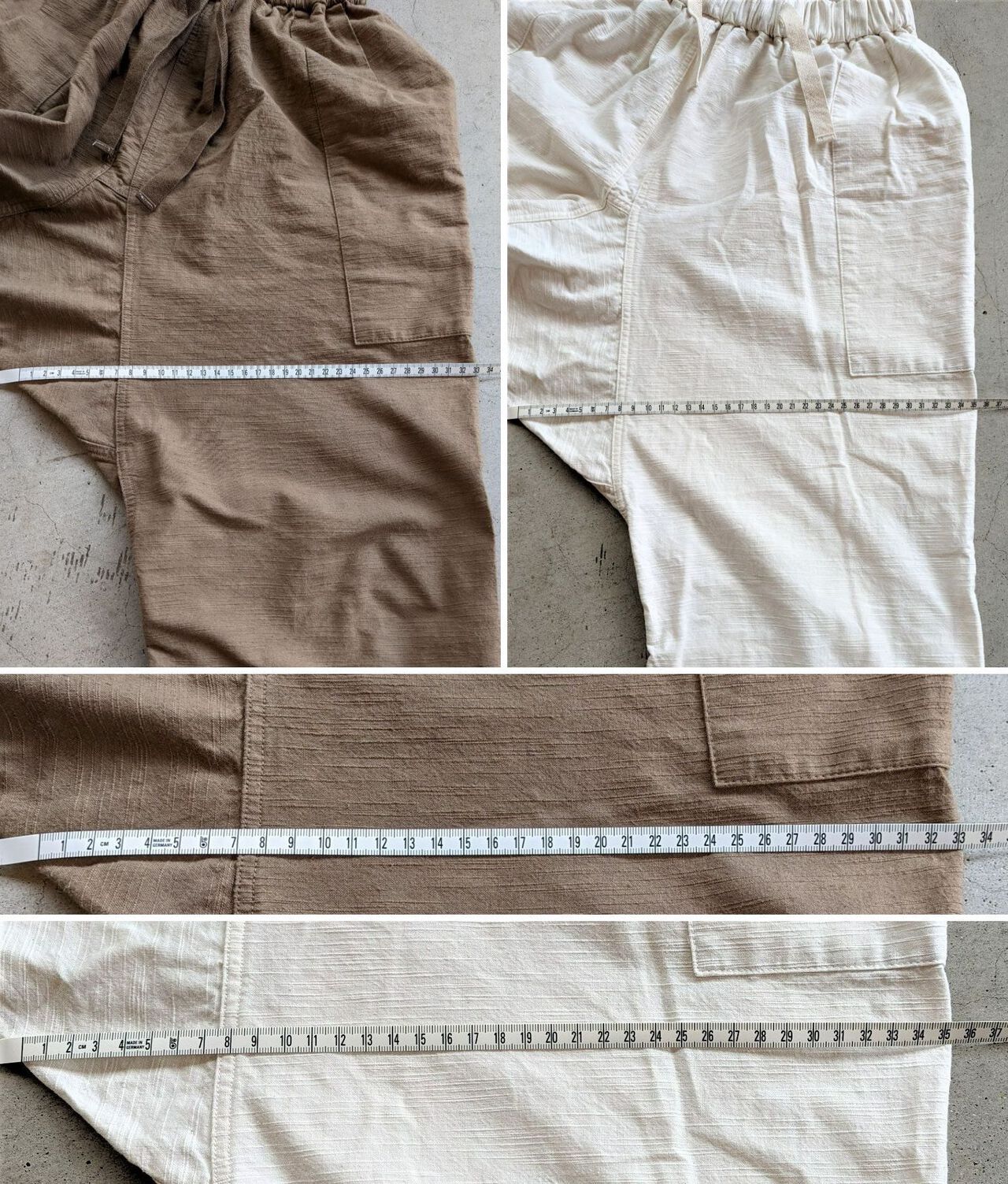
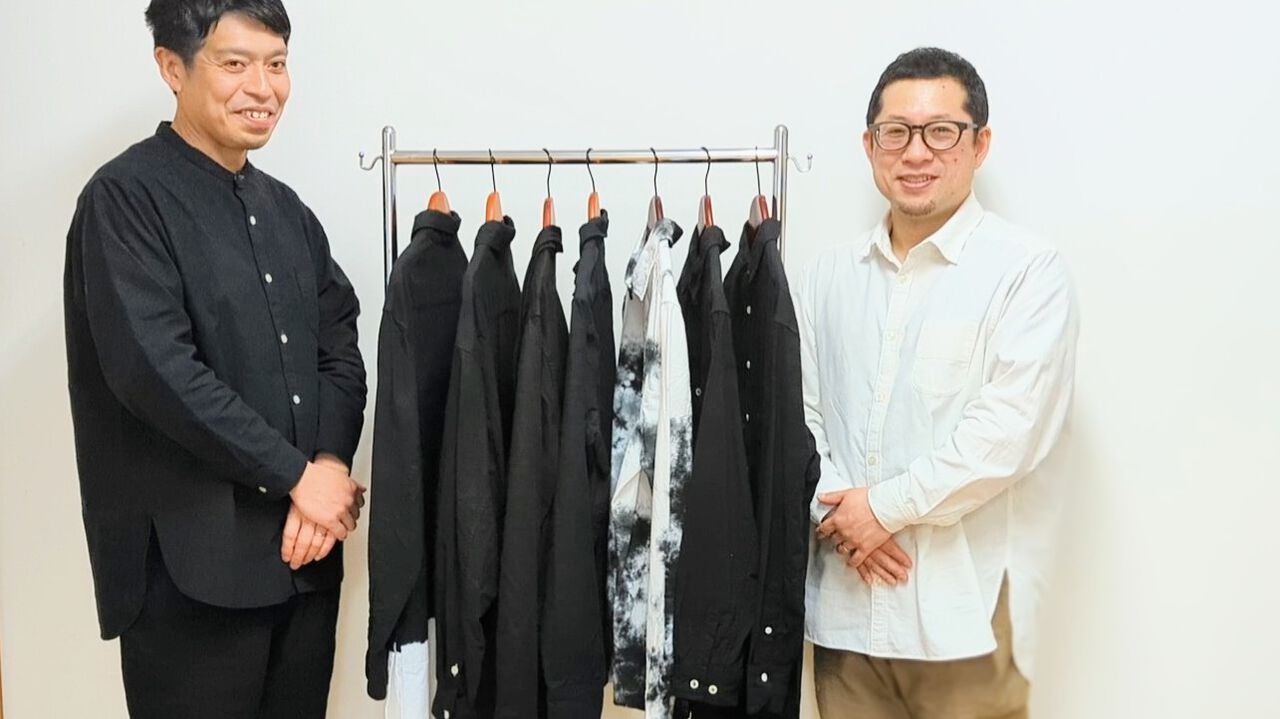
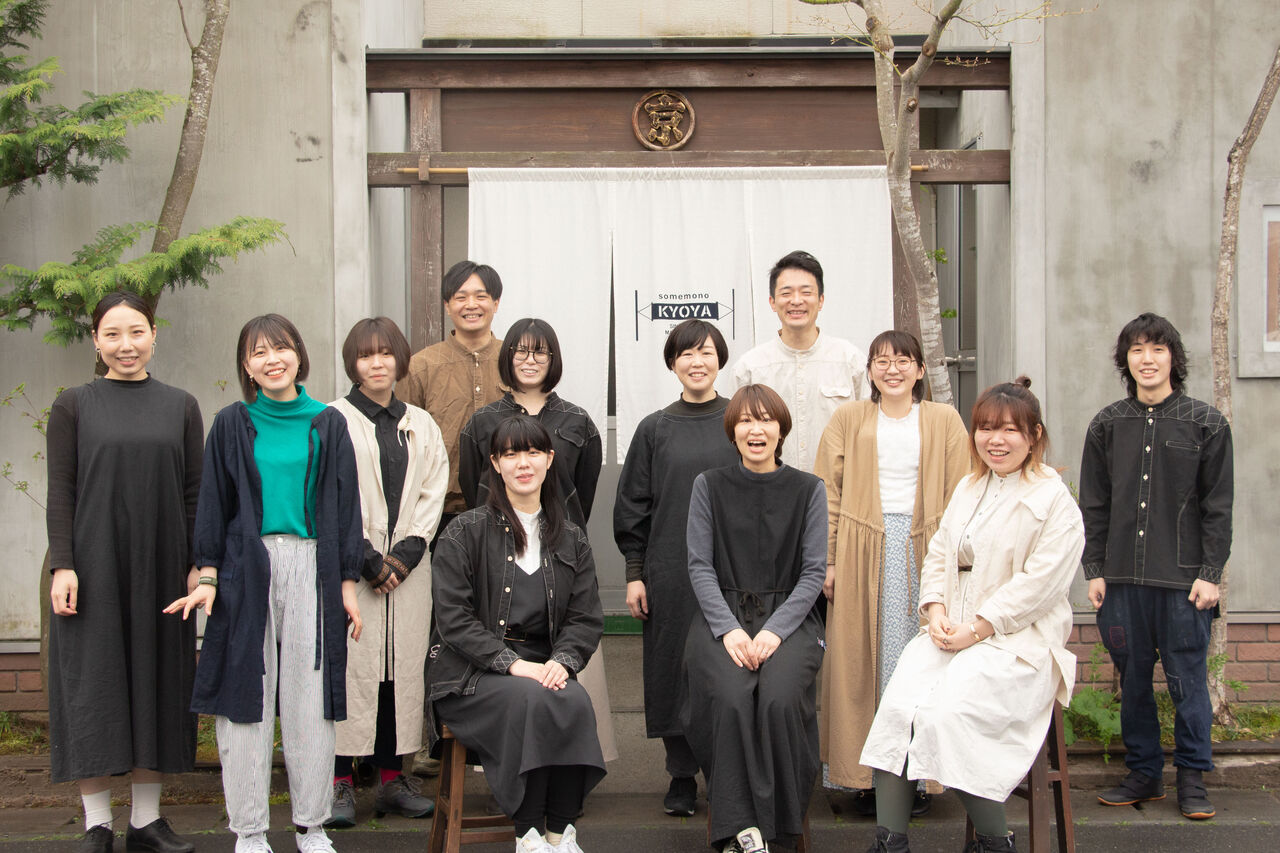
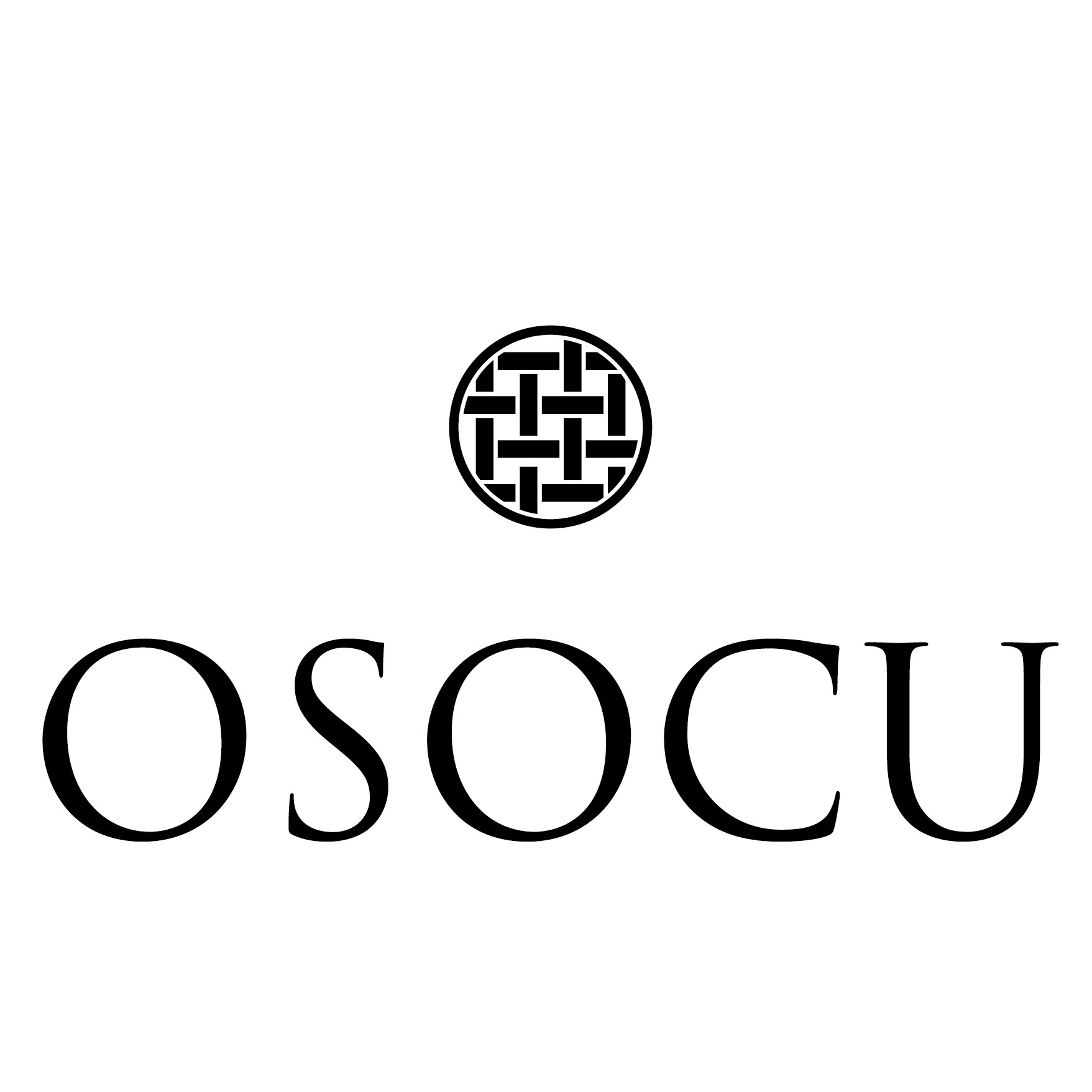
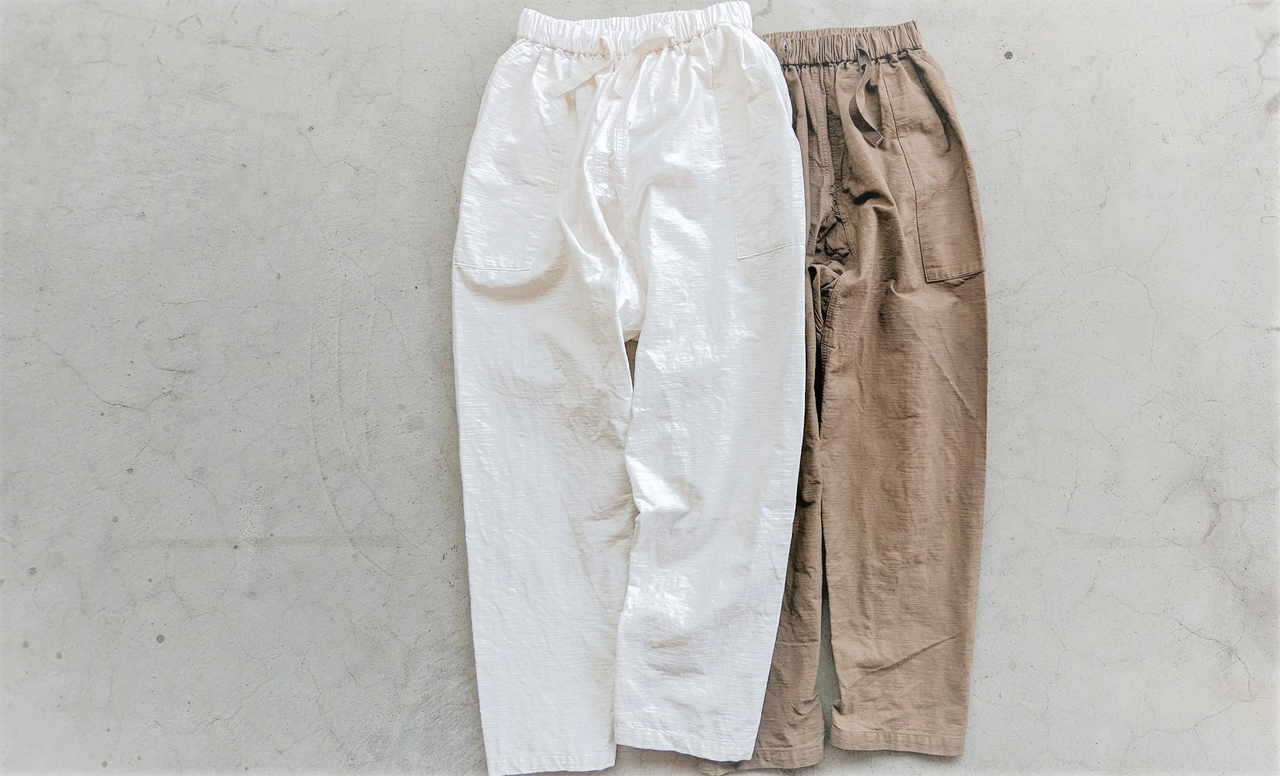
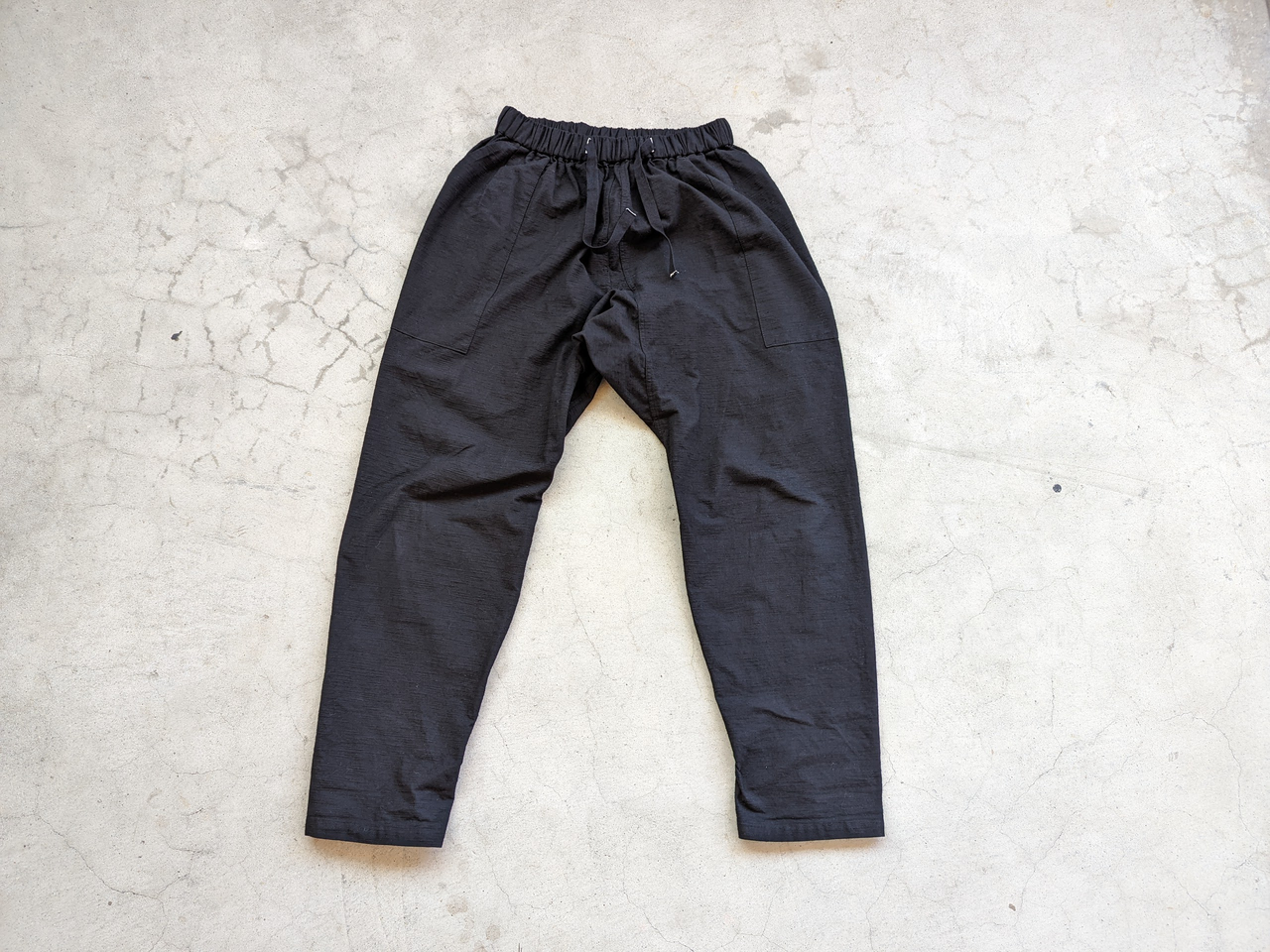
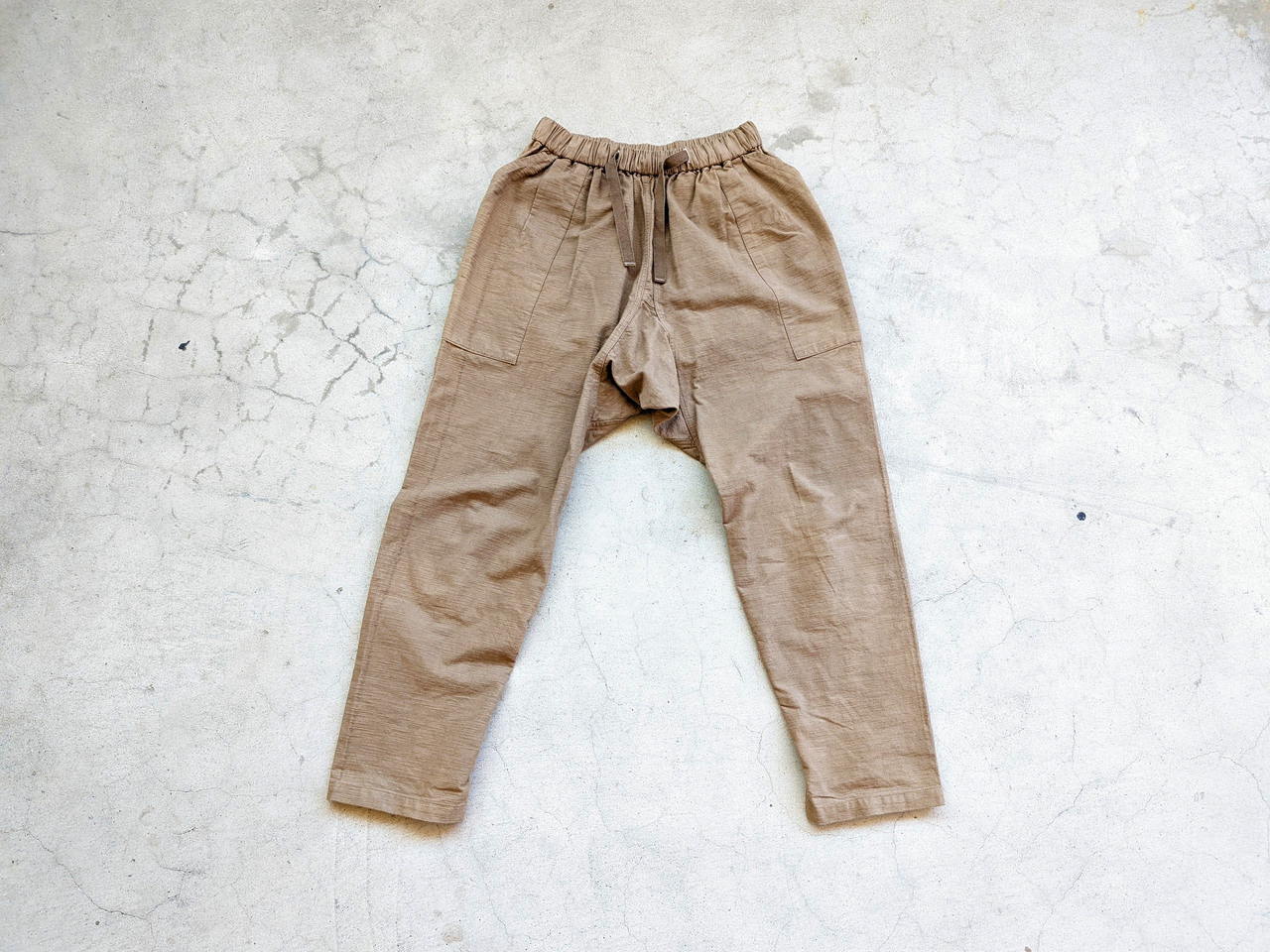
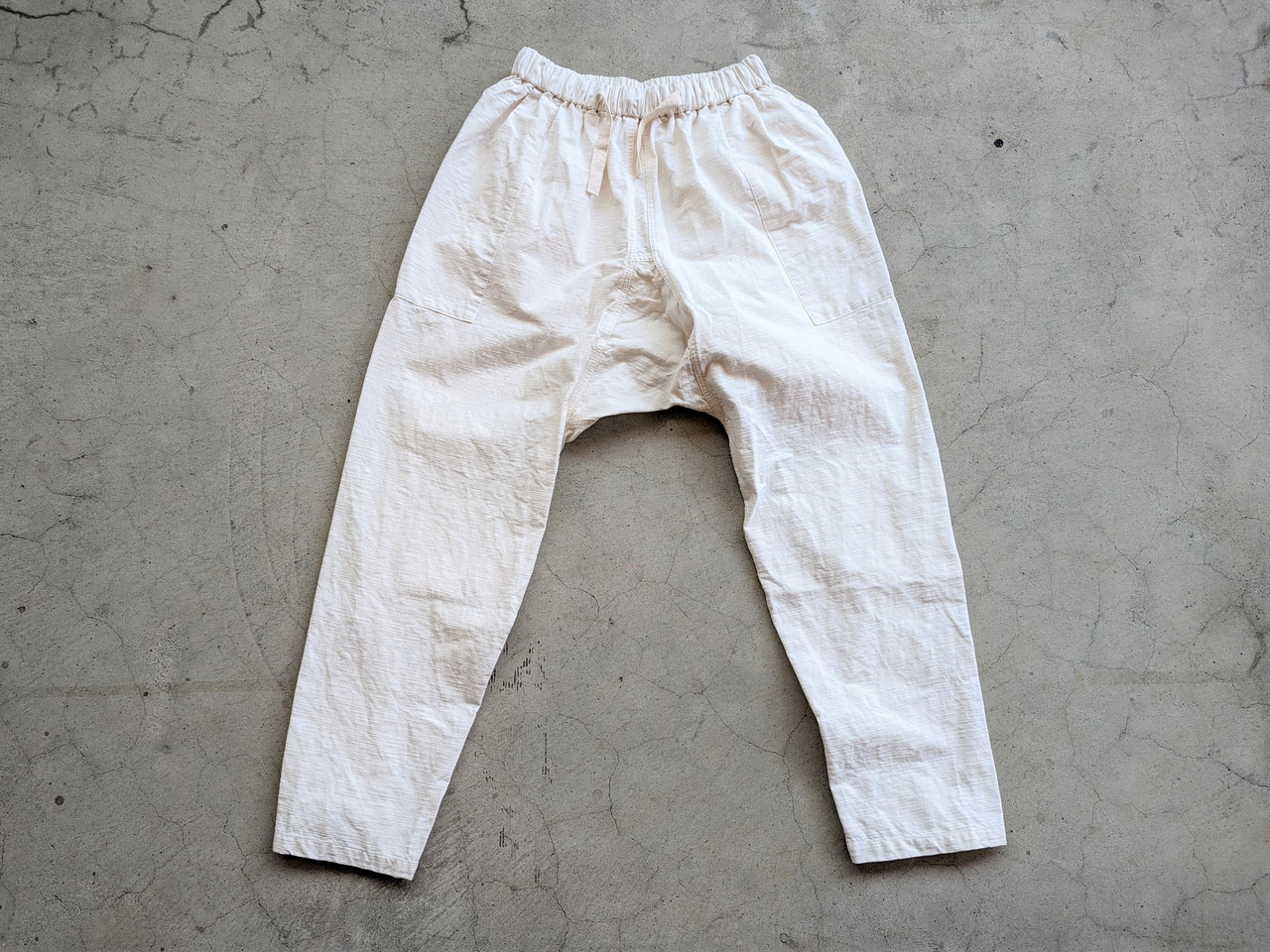
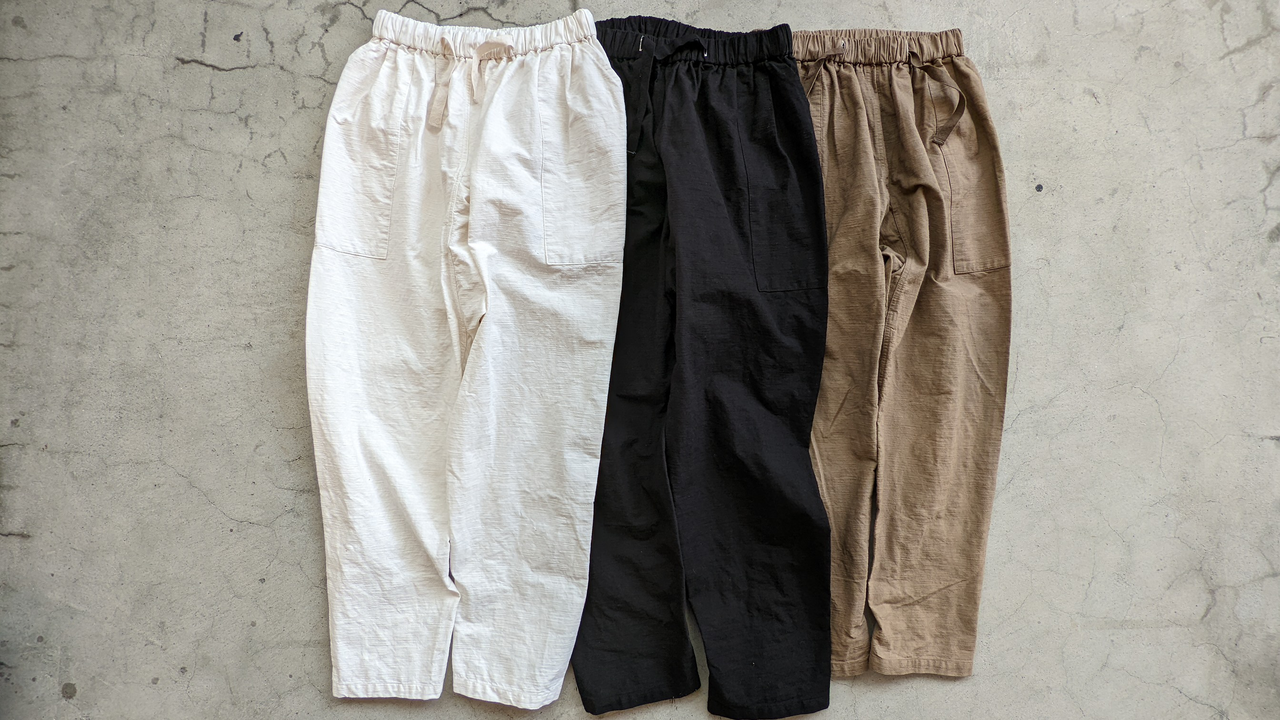
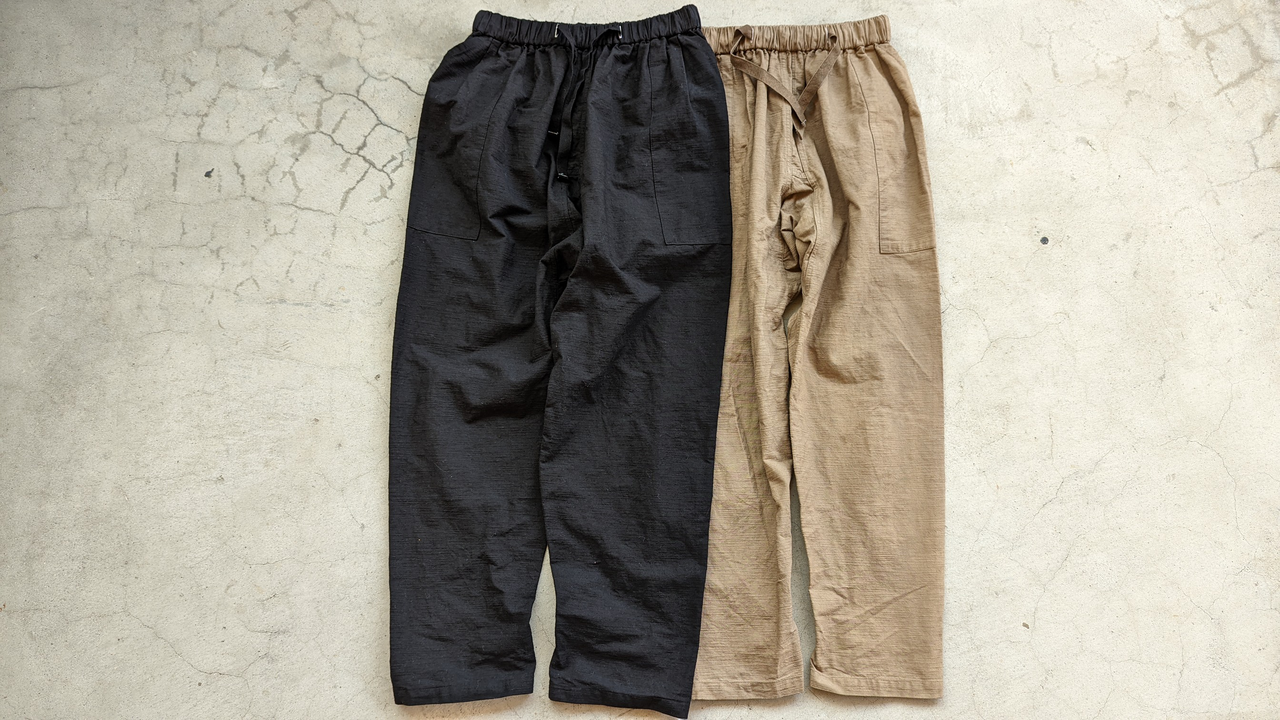
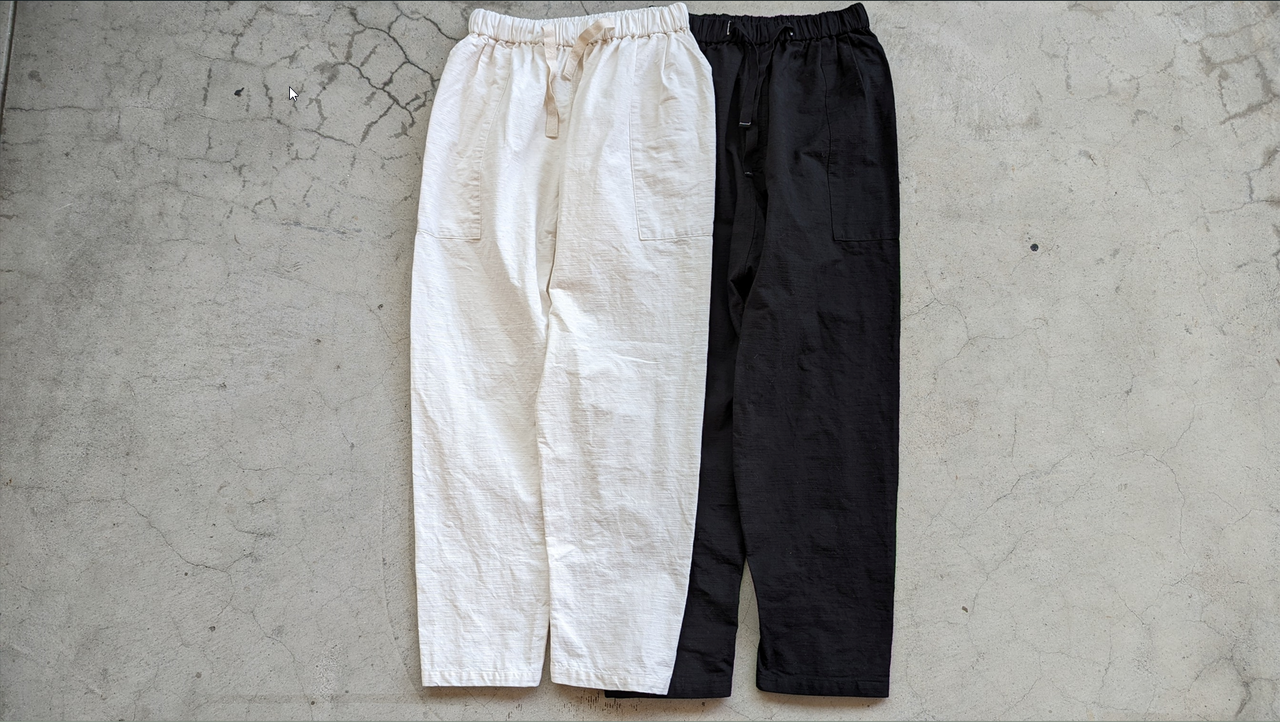
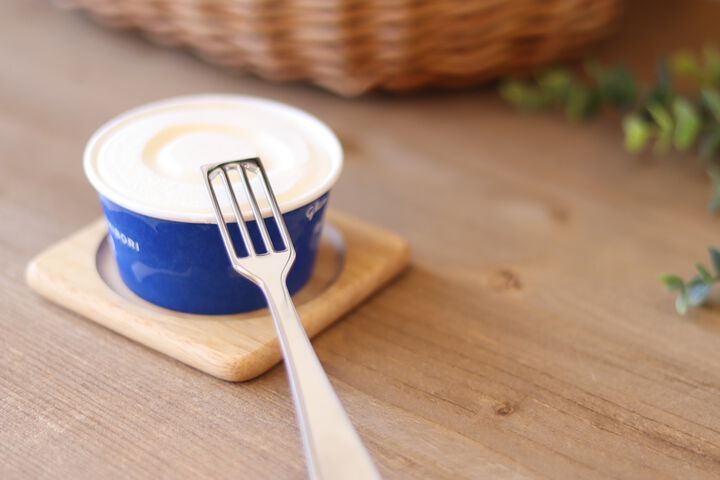
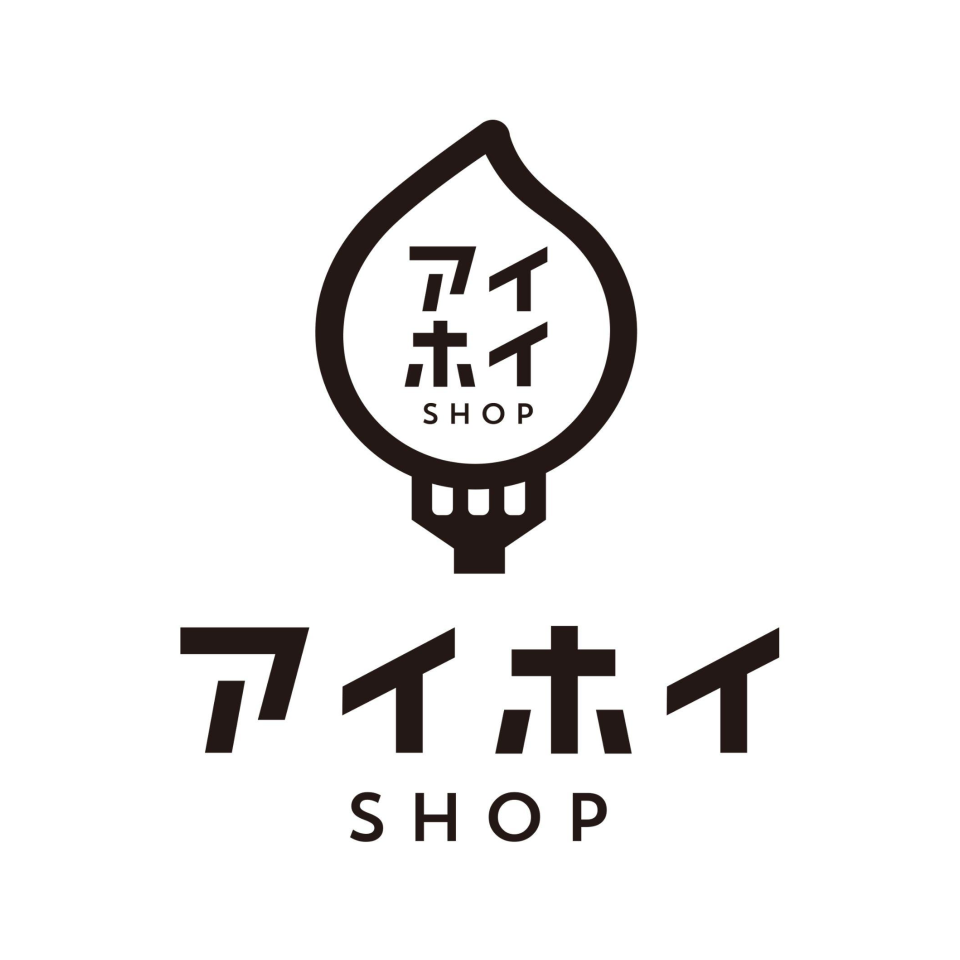
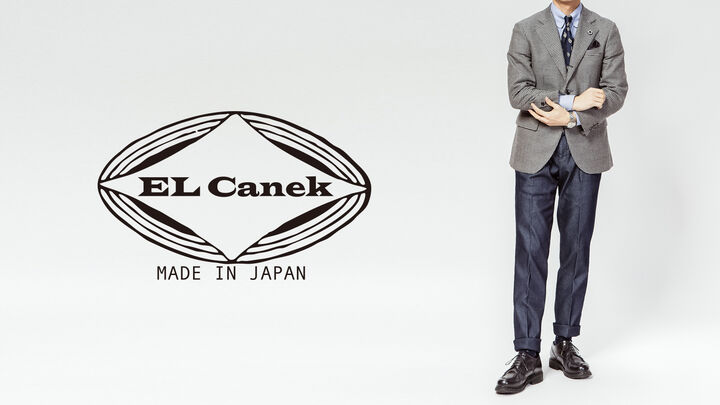
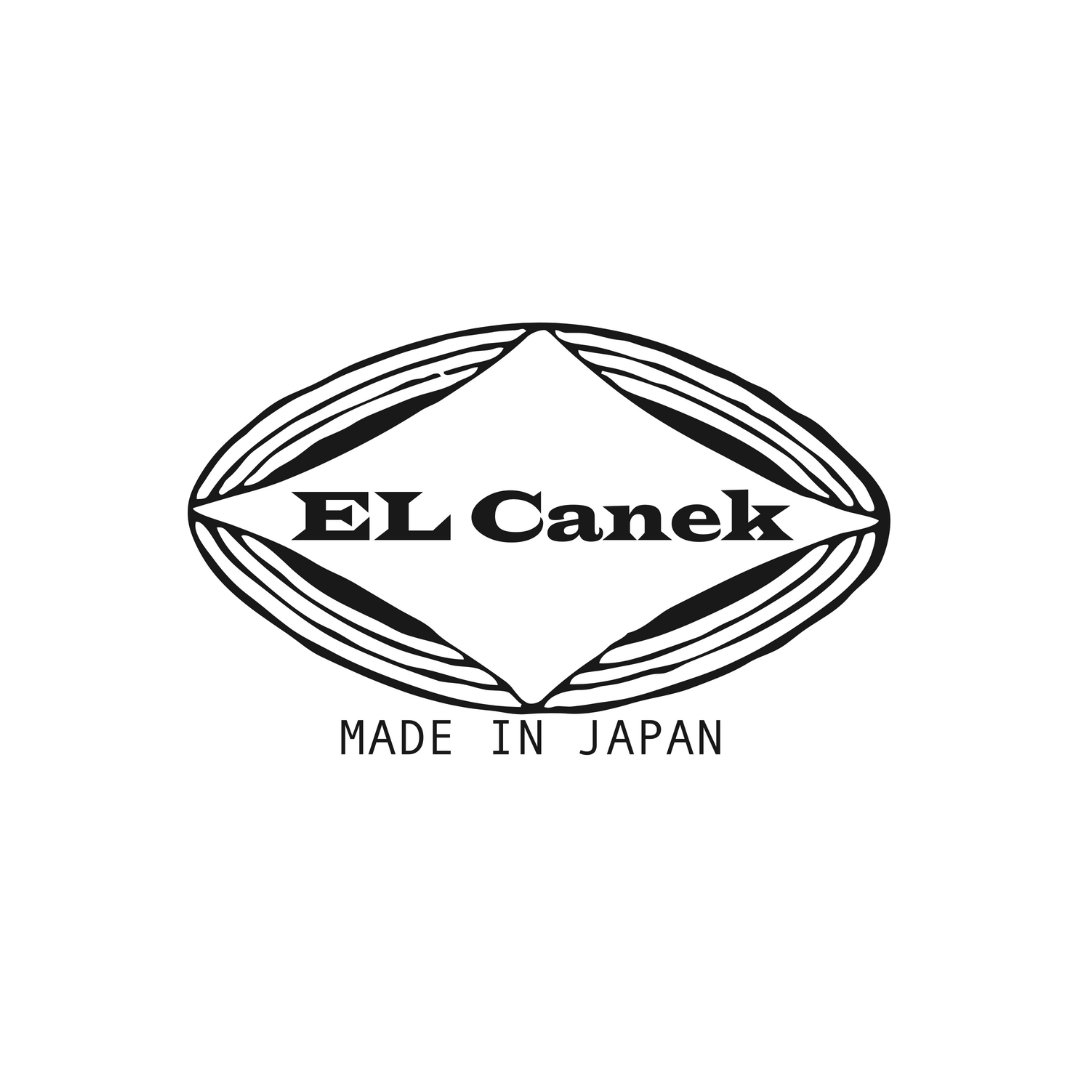
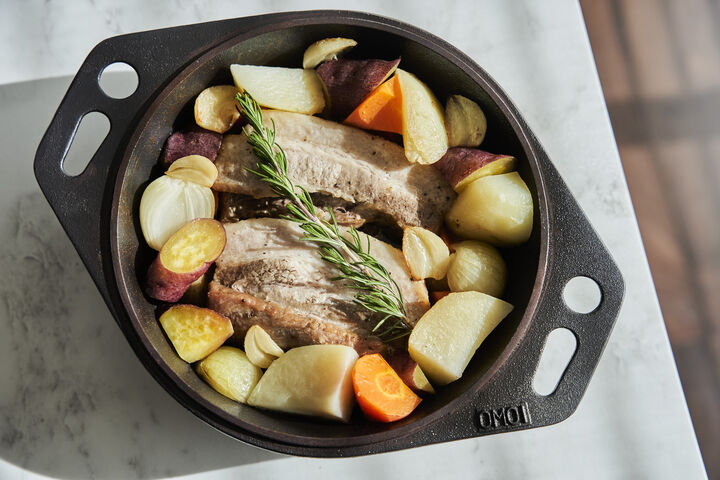
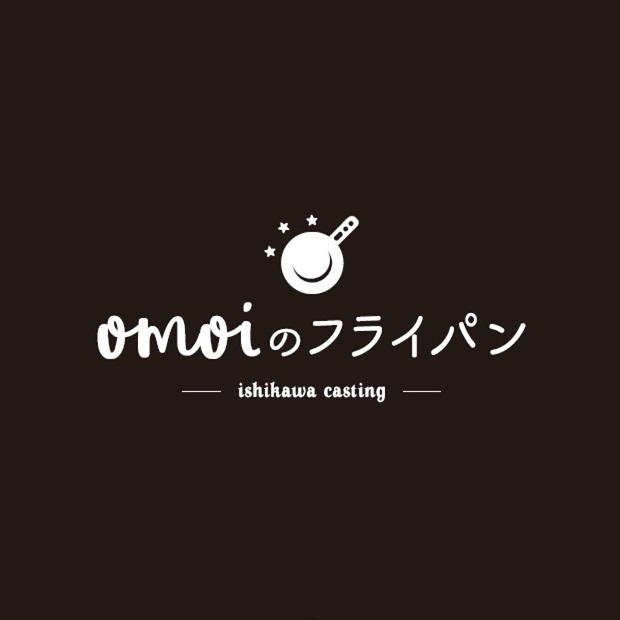
tinnen777
633 days agoThank you for providing wonderful products. I remember that I bought it in M size, but if I bought L size by mistake, I would like you to change it to M size.
Google Translated Comment Show Original Comments(素敵な商品のご提供ありがとうございます。Mサイズで購入したと記憶してますが、もし間違えてLサイズを購入していたらMに替えて欲しいです。)
OSOCU
Thank you for your support purchase!
Google Translated Comment Show Original CommentsWhen I checked, it was specified in M size. Please rest assured.
(応援購入ありがとうございます!
確認しましたところ、Mサイズでご指定頂いていました。ご安心ください。)
なかい としのぶ
633 days agoI used to buy new black pants every year.
Google Translated Comment Show Original CommentsI was looking for a new type of trousers because I use 2 pairs of trousers alternately, but it might be just right. I can only use black pants for work reasons, so it may be good. Thank you.
(毎年黒色のズボンを買い直しておりました。
今のズボンも2本のズボンを交互に使用しているため、新しいタイプのズボンを探していたのですが、丁度良いかも知れません。当方は仕事の都合上黒色のズボンしか使えないので、良いのかも知れません。よろしくお願いいたします。)
OSOCU
thank you! You can use it at work, and I feel that it is perfect for work clothes roots. Thank you very much.
Google Translated Comment Show Original Comments(ありがとうございます!お仕事で使って頂けるとのこと、作業着ルーツのサッパカマにピッタリな気がします。ぜひよろしくお願いします。)
ahirunoaru
633 days agolooking forward to it!
Google Translated Comment Show Original Comments(楽しみにしています!)
OSOCU
thank you!
Google Translated Comment Show Original Comments(ありがとうございます!)
gehaman
633 days agoI sympathized. I'm looking forward to it.
Google Translated Comment Show Original Comments(共感しました。楽しみにしております。)
OSOCU
thank you!
Google Translated Comment Show Original CommentsI am very happy to have you share it.
(ありがとうございます!
共感頂けてとても嬉しいです。)
柿崎園美
633 days agoI got it by chance in my hometown of Iwate, and I have a pair of pants. I also had a shirt. I'm looking forward to it.
Google Translated Comment Show Original Comments(地元岩手でたまたま手に入れて、パンツを1本持っているのですが、履きやすいのでここで見つけて即買いです。シャツもあったのですね。楽しみです。)
OSOCU
I am very happy with the support and purchase from people related to Iwate. thank you!
Google Translated Comment Show Original Comments(岩手所縁の方からの応援購入とても嬉しいです。ありがとうございます!)
rui0116
633 days agoI'm looking forward to this time too!
Google Translated Comment Show Original Comments(今回も楽しみにしてます!)
OSOCU
Thank you for your continued support and purchase!
Google Translated Comment Show Original Comments(前回に引き続いての応援購入、ありがとうございます!)
Kaorii Kawahigashi
633 days agoI'm looking forward to the day when I can use it for everyday use in my bicycle life.
Google Translated Comment Show Original Comments(自転車生活の日常使いにできる日を心待ちにしています。)
OSOCU
thank you! I'm happy to have support purchases from bicycle users.
Google Translated Comment Show Original Comments(ありがとうございます!自転車ユーザーの方からの応援購入、嬉しいです。)
武藤隼
633 days agoLooking forward to your arrival! !
Google Translated Comment Show Original Comments(到着を心待ちにしてます!!)
OSOCU
thank you!
Google Translated Comment Show Original Comments(ありがとうございます!)
うぶかたみちお
633 days agoI like products called traditional crafts, and I am excited about the combination of traditional techniques that has never been seen before.
Google Translated Comment Show Original Comments(伝統工芸と言われる製品が好きで、今までに無い伝統技術の組み合わせにワクワクしています。)
OSOCU
thank you! I am happy that you are excited about combining materials and techniques that have been handed down for a long time, including traditional crafts.
Google Translated Comment Show Original Comments(ありがとうございます!伝統工芸を始めとする、長く受け継がれている素材や技術を組み合わせにワクワクして頂けて嬉しいです。)
Ken2.h
633 days agoIt is a garment that is a pleasure to use every day, fused with ancient technology.
Google Translated Comment Show Original Comments(古くからある技術に融合、毎日使いが楽しみの衣服ですね。)
OSOCU
thank you! I am very happy because I value the fact that it is used on a daily basis. please!
Google Translated Comment Show Original Comments(ありがとうございます!日常使いしてもらえることをとても大事にしているので、嬉しいです。ぜひ!)
31さん
633 days agoI think it's a great product. I am looking forward to September.
Google Translated Comment Show Original Comments(素敵な商品だと思います。9月を楽しみにしています。)
OSOCU
thank you! It is a project that we are looking forward to bringing to the world.
Google Translated Comment Show Original Comments(ありがとうございます!私たちも世に出せるのを楽しみにしている企画です。)
kiyota1990
633 days agoI'm looking forward to it! !
Google Translated Comment Show Original Comments(楽しみにしてます!!)
OSOCU
thank you!
Google Translated Comment Show Original Comments(ありがとうございます!)
pablito647
633 days agoI would like to enjoy wearing Chita cotton, which is derived from Japanese tradition, loosely.
Google Translated Comment Show Original CommentsI'm rooting for you, so please do your best!! ️
(日本伝統由来の知多木綿をゆったりと身に付けて楽しみたいと思います。
応援していますので、頑張ってください‼️)
OSOCU
Thank you for your support!
Google Translated Comment Show Original CommentsChita Momen, I hope you enjoy it.
(応援ありがとうございます!
知多木綿、楽しんで頂けたら嬉しいです。)
Charlie.Brown.3o2
633 days agoThank you very much for your prompt and courteous responses and advice to our inquiries and requests. It's a good item, so I wanted to make it a piece that I can feel attached to, so I decided to try it this time because I wanted to have it dyed in a different color. I would like to wait, including a little cost and time. Thank you.
Google Translated Comment Show Original Comments(当方の問合せやリクエストにも迅速で丁寧な回答やアドバイスを頂き大変感謝しております。良い物なので、自分らしく愛着の持てる一着にしたいと思い、今回は別な色に染めて頂きたく挑戦する事にしました。少し費用と期間がかかる事を含め待ちたいと思います。宜しくお願い致します。)
OSOCU
Thank you for your support and purchase from the inquiry!
Google Translated Comment Show Original CommentsI am happy to be involved in the creation of a piece of clothing that you can feel attached to.
(お問い合わせからの応援購入ありがとうございます!
愛着の持てる一着の服づくりに関わることができて嬉しいです。)
Mioko Sakata
633 days agoLooking forward to these pants!
Google Translated Comment Show Original CommentsI made it white with aging and re-dyeing in mind.
(今回のパンツも、楽しみです!
経年変化と、染め替えも視野に入れて、白にしました◎)
OSOCU
Thank you for continuing!
Google Translated Comment Show Original CommentsThe dyeing field of view is good. The sewing thread is also cotton, so you can dye it beautifully without leaving any stitches!
(前回に引き続きありがとうございます!
染め替え視野、良いですね。縫製糸も綿なので、ステッチを残さず綺麗に染めることができます!)
吉岡靖晃
633 days agoI have high expectations for everything from materials, coloring, and sewing. We are also looking forward to your continued success.
Google Translated Comment Show Original Comments(目のつけどころも良し、素材・着色・縫製、全てに期待しております。また、益々のご活躍も、楽しみにお待ちしております。)
OSOCU
Thank you for your support purchase! We are also looking forward to the professional finish of each process.
Google Translated Comment Show Original Comments(応援購入ありがとうございます!各工程のプロの仕上り、私たちもとても楽しみにしている企画です。)
銭金壇
633 days agoI've been looking at the project page many times over the past few days. I decided to purchase the support in hopes that it would be easier to squat down. I hope you will be active in wiping and plant care work (and helping with farm work 3 times a year)!
Google Translated Comment Show Original Comments(ここ数日ずっと気になって何度もプロジェクトページを眺めていました。しゃがみ込みやすさを期待して応援購入を決意しました。拭き掃除や植物の手入れ作業(&年3回の農作業手伝い)で活躍してくれますように!)
OSOCU
thank you! It seems that it was originally used for mountain work. Especially the comfort of the rise part is a specification that feels that it was used in an environment with a lot of bending and stretching. I hope you can use it in your daily work.
Google Translated Comment Show Original Comments(ありがとうございます!元々山仕事でも使われていたようです。特に股上部分の着心地は曲げ伸ばしの多い環境で使われていたことを感じる仕様です。日々の作業に使って頂ければ幸いです。)
miz幹
633 days agoI can't wait for September.
Google Translated Comment Show Original Comments(9月が待ち遠しいです。)
OSOCU
thank you! I would like to get ready to be a little early!
Google Translated Comment Show Original Comments(ありがとうございます!少しでも早くなるよう準備進めたいと思います!)